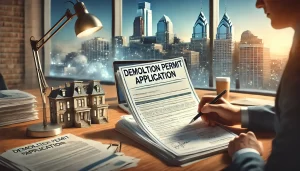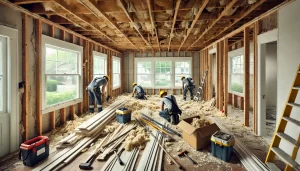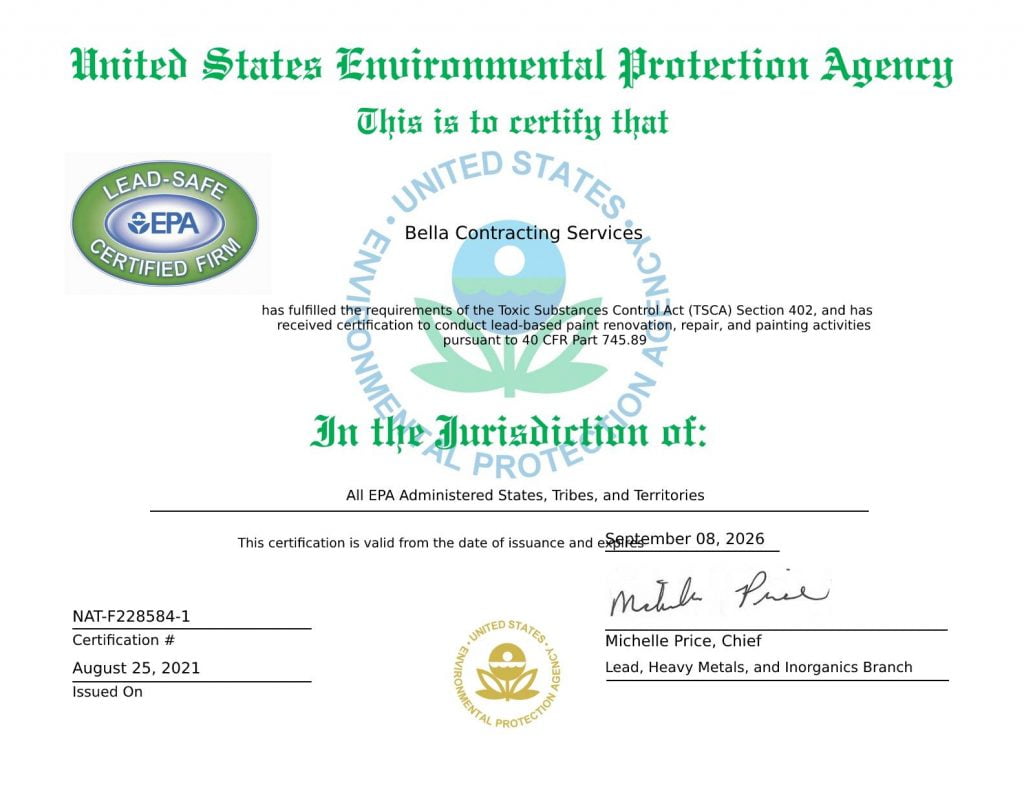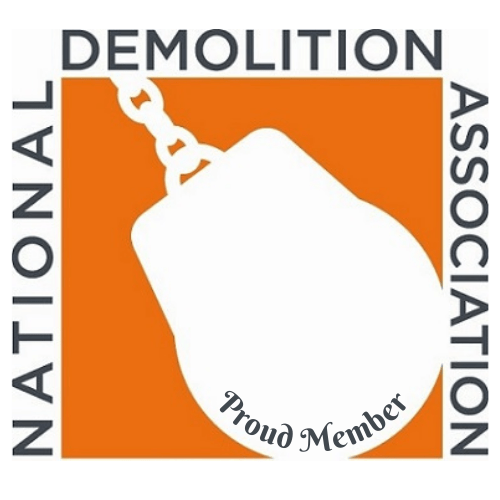Small cracks and blemishes in the structure of your apartment or office building are not abnormal occurrences. The older and larger the building, the more small cracks will form. But when you see cracked walls or deteriorating concrete, it’s important to determine whether it’s a sign of a serious issue.
Imperfections in a building’s structure can lead to disastrous results if they begin to increase. Around the world, commercial buildings have collapsed due to poor building materials, bad structural design, or the progression of time. There are various reasons why buildings may start to deteriorate, and many ways this can impact the people around them.
Here are some of the warning signs that a structure can be nearing collapse:
Signs of Oncoming Structural Collapse
Interior Cracks
Cracks in your walls, floors, or window frames may be a cause for concern. These indicators are often a sign of foundational damage. The slightest shift or movement in the building’s foundation can create difficulty when trying to open windows or doors. Sticking doors could also be a sign of a significant structural problem.
Interior cracks can form at the corners of windows and doors. Eventually, the cracks can extend toward the ceiling, which indicates that the foundation has shifted significantly. While small cracks are nothing to be worried about, abnormally large or thick cracks are a bad sign.
Look for interior cracks in the floor and walls because they can signify foundational damage. In some cases, cracked tile floors indicate only minor deterioration, but it’s better to be safe than sorry.
Cracked & Crumbling Concrete
There are several reasons why concrete can start to crack or crumble. The materials used to mix the concrete can play a big role. Many decades ago, builders often mixed concrete with beach sand, which would induce the deterioration of structures near beachfront locations because of the sea salt blowing off the ocean.
In other cases, the corrosion of reinforcing steel or embedded metals can cause concrete deterioration. During corrosion, you may notice hairline cracks in the building’s concrete. The cracks may widen or develop into raised/uneven bulges and crumble. This process is referred to as spalling.
You might notice spalling around slabs or columns as the corroding metals eat away at the concrete. Over time, the steel becomes so weak that it can’t withstand the force of the structure, allowing it to collapse.
Uneven/Bowing Walls & Floors
Some telltale signs of structural collapse include the formation of uneven and bowing walls/floors. You may first notice that the floor is sinking or sloping. Keep an eye on the areas where the floor meets the walls and look for signs of separation.
Wall Rotation
Rotating walls are caused by wet soil beneath the structure. If soil is saturated with water, it can cause a building to lean. As the building leans to one side, the foundation plunges deeper into the soil. During this process, the dry side of the foundation slowly pulls upward. If the building continues to lean, it will eventually crumble or fall.
Other Signs
Aside from the monumental warning signs of structural collapse, there are other signs to look out for:
- Cracking or popping sounds from roof trusses
- Separating chimneys or porches
- Molding that has become cracked
- Stairs with cracks on the exterior or interior
- Gap formation between the walls, floor, or ceiling
When structural flaws appear, it’s best to take care of them as soon as possible to prevent further damage. Contact NJ demolition contractors today to solve any of these issues. Our experienced and knowledgeable team can knock down, replace, and repair structural complications to ensure your commercial building is safe and long-lasting.










